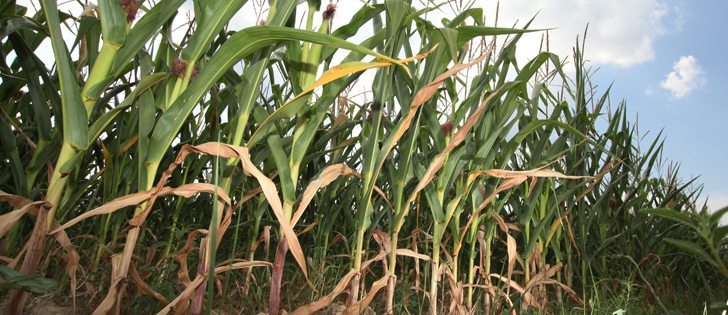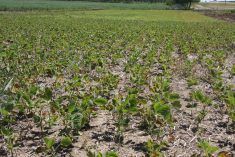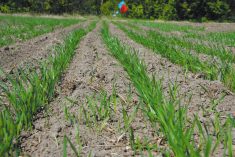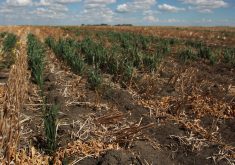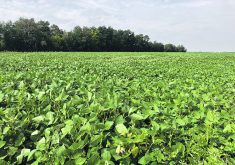The U.S. Midwest drought continues to have strange effects on the prairie feedgrains market, with U.S. corn possibly coming north and Canadian calves possibly heading south.
No one would have predicted in late summer the possibility of Canadian livestock heading south for feeding nor U.S. feedgrains coming to the better-supplied Prairies.
However, a combination of tight barley and bullish farmers is making some parts of the Prairies a more expensive place to feed an animal than in the drought zone.
“Feeding in Canada is every bit as expensive as feeding in the U.S.,” said Jim Beusekom of Market Place Commodities.
Read Also

Trump’s tariffs take their toll on U.S. producers
U.S. farmers say Trump’s tariffs have been devastating for growers in that country.
“There’s a possibility that feeder cattle will actually start heading south again.”
Errol Anderson of Pro Market also thinks Canadian animals could be shipped into drought zones because feed is turning out to be cheaper than expected there as corn demand dies.
“A lot of the guys from Calgary and south, it’s common for them to feed cattle in Kansas as much as they do up here,” said Anderson, who thinks prairie barley is overpriced.
“They’ll go wherever it works best. Ultimately, barley prices are going to have to break.”
Anderson said he is receiving reports that hog producers in southern Manitoba are already importing U.S. corn because it is cheaper than local feedgrains.
The practice could spread if domestic feedgrain prices stay high.
“We’re going to be extremely tight, but if this corn price continues to drop and if the economics allows it, southern Alberta will start bringing in corn, too,” said Anderson.
He said farmers tend to be over-bullish during short-supply situations because they don’t realize high prices can kill demand.
“They only look at one side of the equation,” said Anderson. “This just shows how demand corrects itself. Some goes away.”
Beusekom said prairie farmers shouldn’t assume the stock situation will keep getting tighter and today’s prices will keep going higher. Today’s prices already factor in most of the bullish factors, he said.
“We have to repeatedly remind ourselves that prices are very, very high,” said Beusekom.


